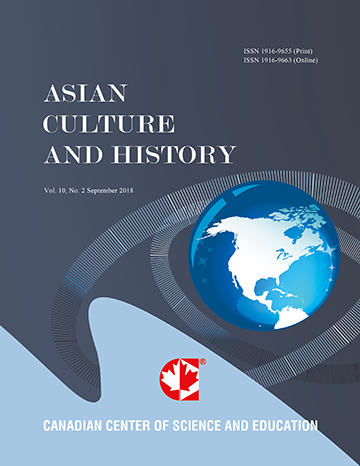Class Structure and Ethics in Shinjū Ten no Amijima
- Motoko Tanaka
Abstract
In Chikamatsu’s sewamono genre, there are very complex social and ethical structures which derive from differences of status within the social structure. It is abundantly clear that jōruri plays depict the merchants’ indirect defiance of the military class, but the people who fell below the four-class structure—like eta/hinin—also suffer from their contradictory roles in society. Both merchants and eta/hinin were indispensable to the ruling class, yet their roles were despised and they were excluded from political power. The social structure was inherently unequal, but at the same time there were contradictions and conflicts within social classes as well. Chikamatsu’s masterpiece Shinjū Ten no Amijima reflects complex social and ethical conflicts within the merchant class: all the characters are bound not in a simple dichotomy between giri and ninjō but in conflicting and overlapping obligations of giri, on, jō and ichibun. Shinjū Ten no Amijima succeeds in depicting the rich humanity of the merchant class by illustrating its ethics of obligation, human relations, sympathy, and pride.
- Full Text:
 PDF
PDF
- DOI:10.5539/ach.v8n1p28
Journal Metrics
Google-based Impact Factor (2017): 5.42
h-index (January 2018): 11
i10-index (January 2018): 21
h5-index (January 2018): 6
h5-median (January 2018): 9
Index
- Academic Journals Database
- CNKI Scholar
- COPAC
- EconPapers
- Elektronische Zeitschriftenbibliothek (EZB)
- Excellence in Research for Australia (ERA)
- Genamics JournalSeek
- Google Scholar
- Infotrieve
- LOCKSS
- MIAR
- NewJour
- Open J-Gate
- PKP Open Archives Harvester
- Publons
- RePEc
- Scilit
- SHERPA/RoMEO
- Standard Periodical Directory
- Technische Informationsbibliothek (TIB)
- The Keepers Registry
- Universe Digital Library
- WorldCat
Contact
- Ivan YongEditorial Assistant
- ach@ccsenet.org
